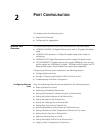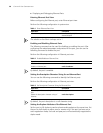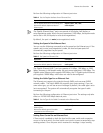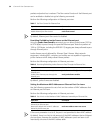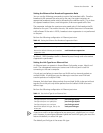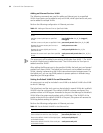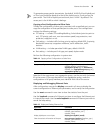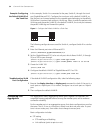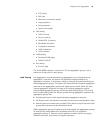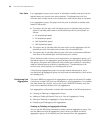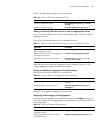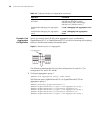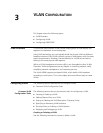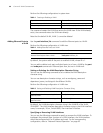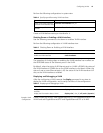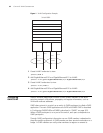Configuring Link Aggregation 35
■ STP priority
■ Path cost
■ Maximum transmission speed
■ Loop protection
■ Root protection
■ Type of port (edge)
■ QoS setting
■ Traffic limiting
■ Priority marking
■ Default 802.1p priority
■ Bandwidth assurance
■ Congestion avoidance
■ Traffic redirection
■ Traffic statistics.
■ VLAN setting
■ Permitted VLAN types
■ Default VLAN ID
■ Port setting
■ Port link type
The Switch 8800 supports a maximum of 31 link aggregation groups, with a
maximum of eight ports in each group.
Load Sharing Link aggregation may be load balancing aggregation or non-load balancing
aggregation. In general, the system only provides limited load balancing
aggregation resources, so the system needs to rationally allocate these resources
among aggregation groups. The system will always allocate hardware aggregation
resources to the aggregation groups with higher priority levels. When the load
sharing aggregation resources are used up for existing aggregation groups,
newly-created aggregation groups will be non-load sharing groups. The priority
levels (in descending order) for allocating load sharing aggregation resources are
aggregation groups that:
■ Include special ports which require hardware aggregation resources
■ Are likely to reach the maximum rate after the resources are allocated to them
■ Have the minimum master port numbers if they reach an equal rate with other
groups after the resources are allocated to them
When aggregation groups of higher priority levels appear, the aggregation groups
of lower priority levels release their hardware resources. For single-port
aggregation groups, if they can transmit packets normally without occupying
hardware resources, they cannot occupy the resources.



